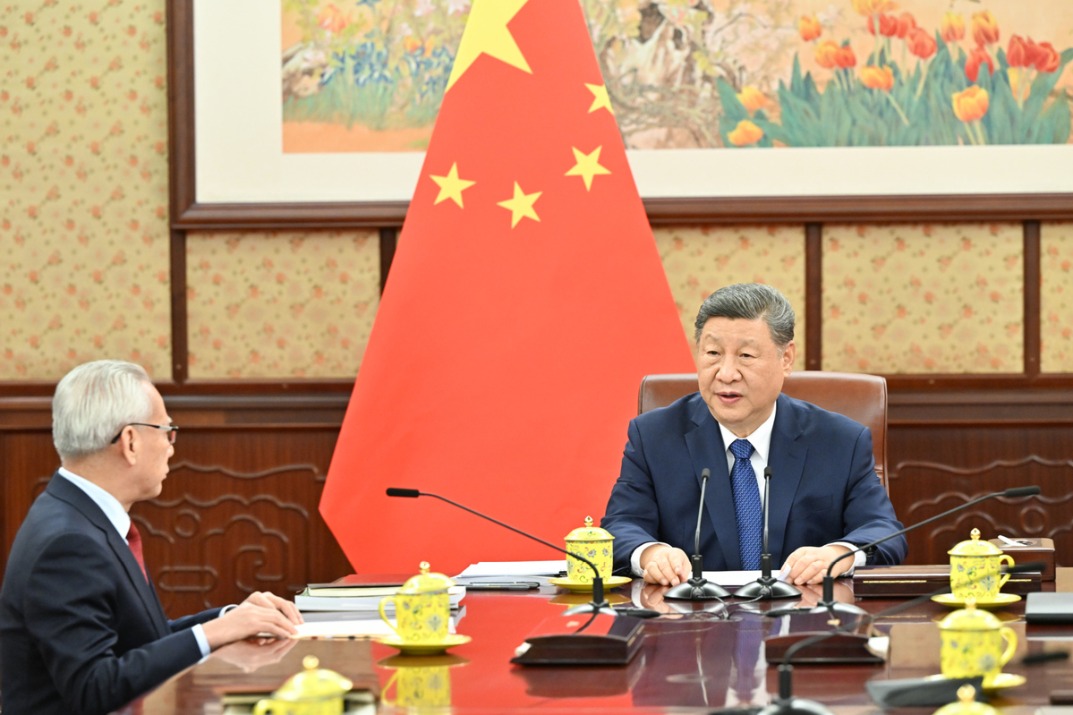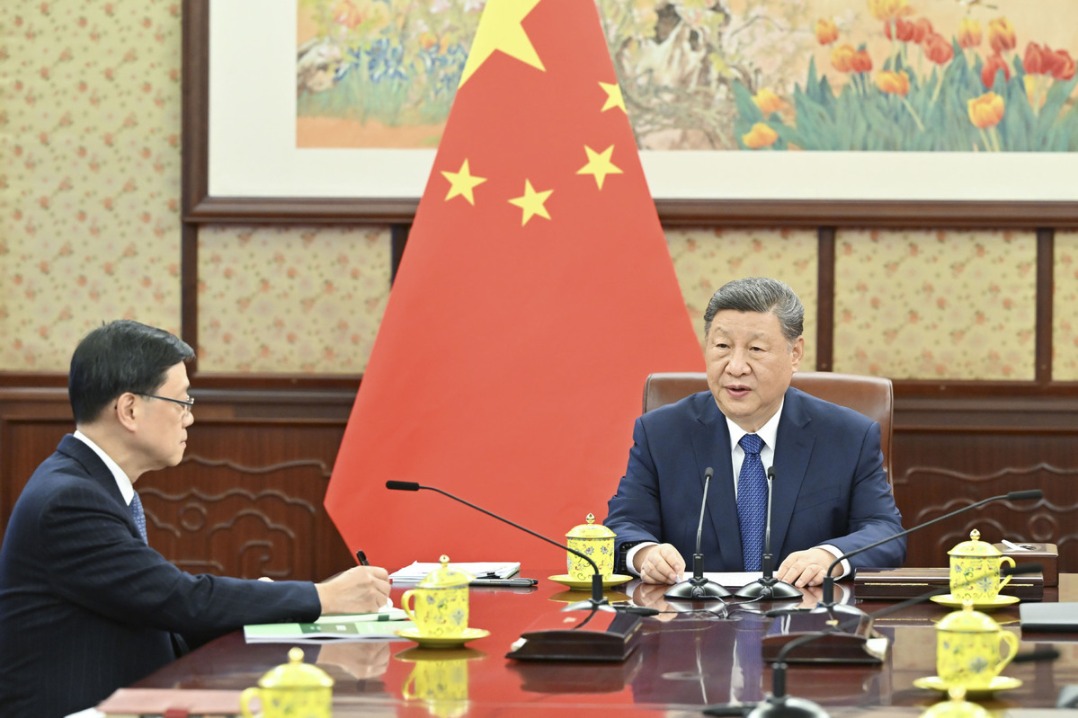Ancient heritage highlights Xinjiang's key national unity role
By WANG KAIHAO in Urumqi | China Daily | Updated: 2023-11-10 08:01

Inspiration for public
Archaeological discoveries not only inspire scholars to solve academic puzzles, but they also help the public better know their homeland.
Thanks to Xinjiang's dry climate, relics unearthed in the region are usually in good condition when found, despite their age. The brocade bearing the words "five planets appeared in the eastern sky …", textiles and mummies thousands of years old are key attractions for visitors to the Xinjiang Museum in Urumqi, capital of the autonomous region. In addition, new findings in recent years have created fresh interest.
The renovated Xinjiang Museum, which opened to visitors in May last year, has played host to many new findings in the region, including coal from the Jirentai Goukou site and documents unearthed from Tang Dynasty frontier posts.
Yu Zhiyong, director of the museum and also an archaeologist, said, "The exhibits vividly and comprehensibly illustrate history to the public.
"They show that the cultures of all ethnic groups are an inseparable part of Chinese civilization and that Xinjiang has always been a place where many ethnic groups live in a shared community, different religions have long coexisted, and various cultures join together."
- Chinese, Mongolian militaries to hold joint exercise
- Bonded zone in Horgos attracts foreign companies
- Horgos Port channels fresh Chinese fruit to Kazakhstan
- Earthquake rattles Xinjiang; no injuries or damage
- Seventh Belt and Road Teenager Maker Camp and Teacher Workshop (China-Central Asian Project) opens in Xinjiang
























